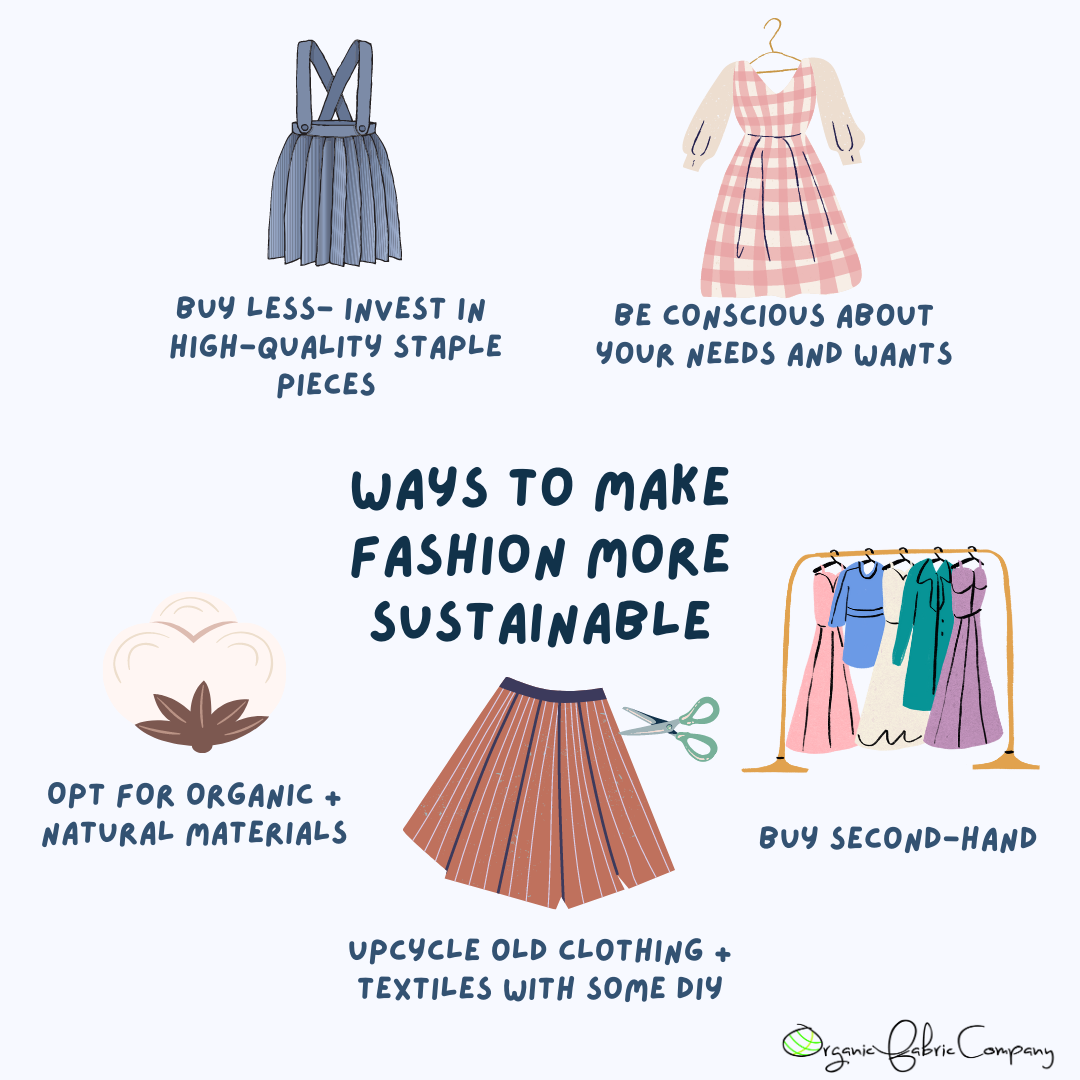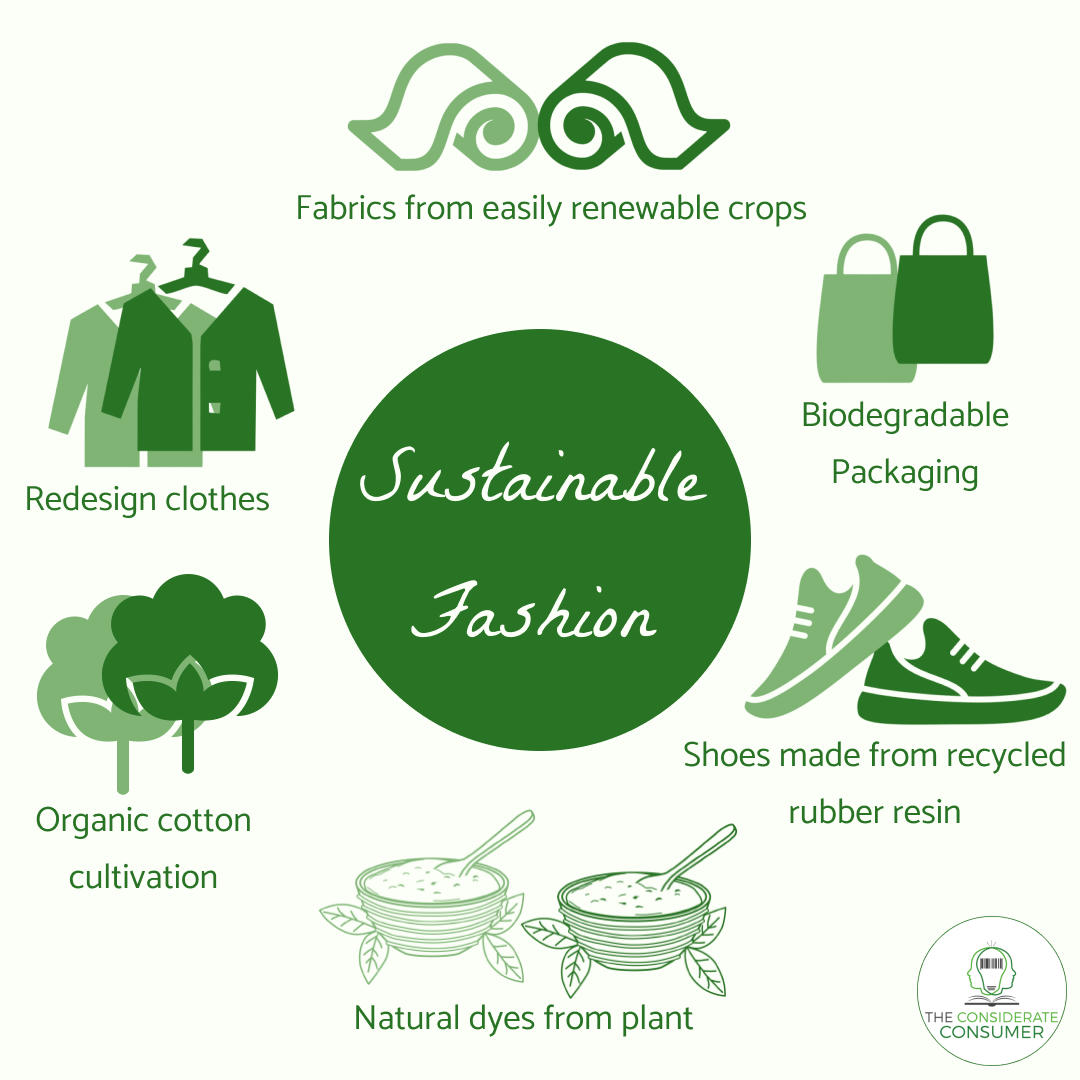Exploring the Rise of Cape Town Sustainable Fashion Brands
Exploring the Rise of Cape Town Sustainable Fashion Brands
Blog Article
Stay Ahead of the Curve by Exploring Innovative Style Fads
In a market as dynamic as style, staying in advance includes even more than just following existing patterns-- it requires an exploration of development. The merging of modern technology and fashion heralds a new age of consumer interaction.

Welcoming Smart Textiles
In recent years, the fashion business has seen a transformative change with the assimilation of smart textiles, an innovative technology that blends innovation with textile. This advancement stands for not just a fusion of appearances and functionality but also a substantial leap in the direction of sustainability and personalization in fashion. Smart textiles, likewise called e-textiles, installed innovative electronic devices such as sensing units and conductive threads within the textile, making it possible for garments to interact with the user or the atmosphere.
These textiles are designed to keep track of physiological parameters, such as heart rate or body temperature level, giving real-time health analytics. Beyond health applications, smart textiles are likewise being made use of for flexible clothes, which can transform color or pattern in action to ecological stimuli, therefore using a dynamic fashion experience.
Moreover, the growth of energy-harvesting fabrics that produce power from movement or sunlight is paving the way for self-sufficient wearable modern technology. This innovation is appealing to ecologically aware customers and developers intending to lower the ecological footprint of fashion. As r & d in this field breakthrough, wise fabrics are anticipated to end up being significantly widespread, improving the landscape of modern-day fashion with their multifunctional abilities.
The Rise of 3D Printing
Transforming the manufacturing landscape, 3D printing has actually become a game-changer in the garment industry. This advanced innovation has allowed developers to push the borders of imagination, producing detailed and personalized garments that were previously inconceivable. By leveraging electronic style and additive manufacturing, 3D printing helps with the production of intricate geometries and patterns, enabling developers to try out brand-new textures and structures.
A remarkable advantage of 3D printing in style is its capability to generate on-demand, decreasing waste and minimizing supply requirements. This efficiency not only optimizes production procedures yet likewise permits quick prototyping, enabling developers to bring their visions to life in a much shorter timeframe. Furthermore, 3D printing supports modification somewhat unrivaled by standard methods, providing individualized fits and unique styles customized to individual customer choices.
The surge of 3D printing has actually likewise equalized fashion, making it easily accessible to arising designers who can currently make top notch items without substantial financial investment in standard production infrastructure. As technology remains to breakthrough, the garment industry is poised to harness the full potential of 3D printing, exploring new materials and techniques that will certainly redefine how fashion is developed and created.
Sustainable Fashion Developments
As the apparel industry comes to grips with the pressing need for ecological duty, lasting fashion developments have arised at the center of transformative adjustment. The expanding recognition of environmental effect has sustained a change in the direction of even more eco-conscious techniques and products. Brand names and developers are currently prioritizing sustainability, including approaches that lessen waste and minimize carbon footprints.
One substantial growth is the increase of circular style, which highlights recycling and upcycling to extend the lifecycle of garments. This approach not just reduces waste yet additionally motivates consumers to take on a much more mindful strategy to garments usage. Additionally, using sustainable products, such as organic cotton, hemp, and recycled polyester, has actually obtained traction. These products need less water and power during manufacturing, dramatically minimizing environmental influence.
Another breakthrough lies in the fostering of ingenious dyeing techniques that utilize natural dyes or waterless procedures, therefore reducing the huge amounts of water and chemicals commonly utilized in fabric dyeing. Furthermore, innovations in biotechnology have caused the production of lab-grown leather and fabrics, using environmentally friendly and cruelty-free options to standard products. Via these introducing initiatives, the apparel industry is making significant strides in the direction of a much more lasting future.

Tech-Integrated Apparel
Tech-integrated apparel represents an innovative article source combination of fashion and innovation, improving just how people interact with their garments. This innovative domain name is marked by the incorporation of smart fabrics and embedded digital parts, improving both functionality and visual charm. From physical fitness trackers embedded in sports apparel to heated jackets controlled using smart device applications, tech-integrated clothing provides consumers unmatched comfort and flexibility.
Introducing brands are driving this trend, concentrating on developing garments that respond to environmental stimuli or customer commands. For example, some garments can transform shade or pattern in action to temperature level changes, while others include biometric sensing units to check wellness metrics like heart price or stress and anxiety degrees. The smooth assimilation of modern technology right into fabrics additionally includes ecological sustainability, with efforts to establish self-cleaning visit homepage materials or garments that readjust to weather, therefore lessening the need for several layers.
Additionally, the development of wearable innovation is not just limited to clothes however includes devices like watches and eyeglasses, additional broadening the scope of tech-integrated fashion. As the industry continues to innovate, the potential for customization and customization in apparel grows, providing consumers distinct, tech-enhanced fashion experiences that accommodate their specific requirements and preferences.
Future of Virtual Style
Recently, the future of online fashion has actually arised as a transformative pressure within the sector, leveraging advancements in electronic modern technology to redefine just how fashion is produced, experienced, and consumed. By integrating augmented reality (AR), digital fact (VIRTUAL REALITY), and 3D style tools, developers can now craft immersive and interactive experiences that go beyond traditional style boundaries. Online style enables the development of garments that exist only in electronic atmospheres, providing countless opportunities for development without the constraints of physical production.
This digital change not only provides possibilities for creative expression however also addresses sustainability problems intrinsic in traditional fashion practices. Cape Town Sustainable Fashion. By removing the need for physical resources, digital fashion minimizes waste and reduces carbon impacts. Moreover, the rise of virtual fashion lines up with the enhancing consumer demand for tailored and one-of-a-kind check these guys out experiences, as virtual garments can be personalized and customized to specific choices effortlessly

Verdict
The fashion market's future lies in the integration of cutting-edge innovations and sustainable practices. Digital fashion is positioned to redefine consumer interactions.
In current years, the style market has actually experienced a transformative shift with the assimilation of wise fabrics, a cutting-edge development that mixes technology with textile.As the fashion sector grapples with the pushing need for environmental responsibility, sustainable fashion technologies have actually arised at the forefront of transformative change.In recent years, the future of virtual fashion has arised as a transformative pressure within the sector, leveraging advancements in digital innovation to redefine exactly how fashion is produced, experienced, and taken in. The increase of digital style aligns with the enhancing consumer demand for tailored and unique experiences, as virtual garments can be tailored and customized to individual preferences with simplicity.
The fashion industry's future lies in the integration of lasting methods and ingenious modern technologies.
Report this page